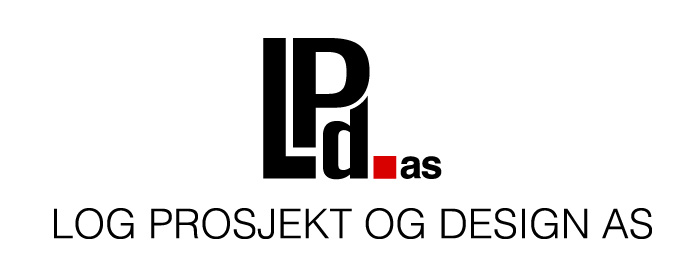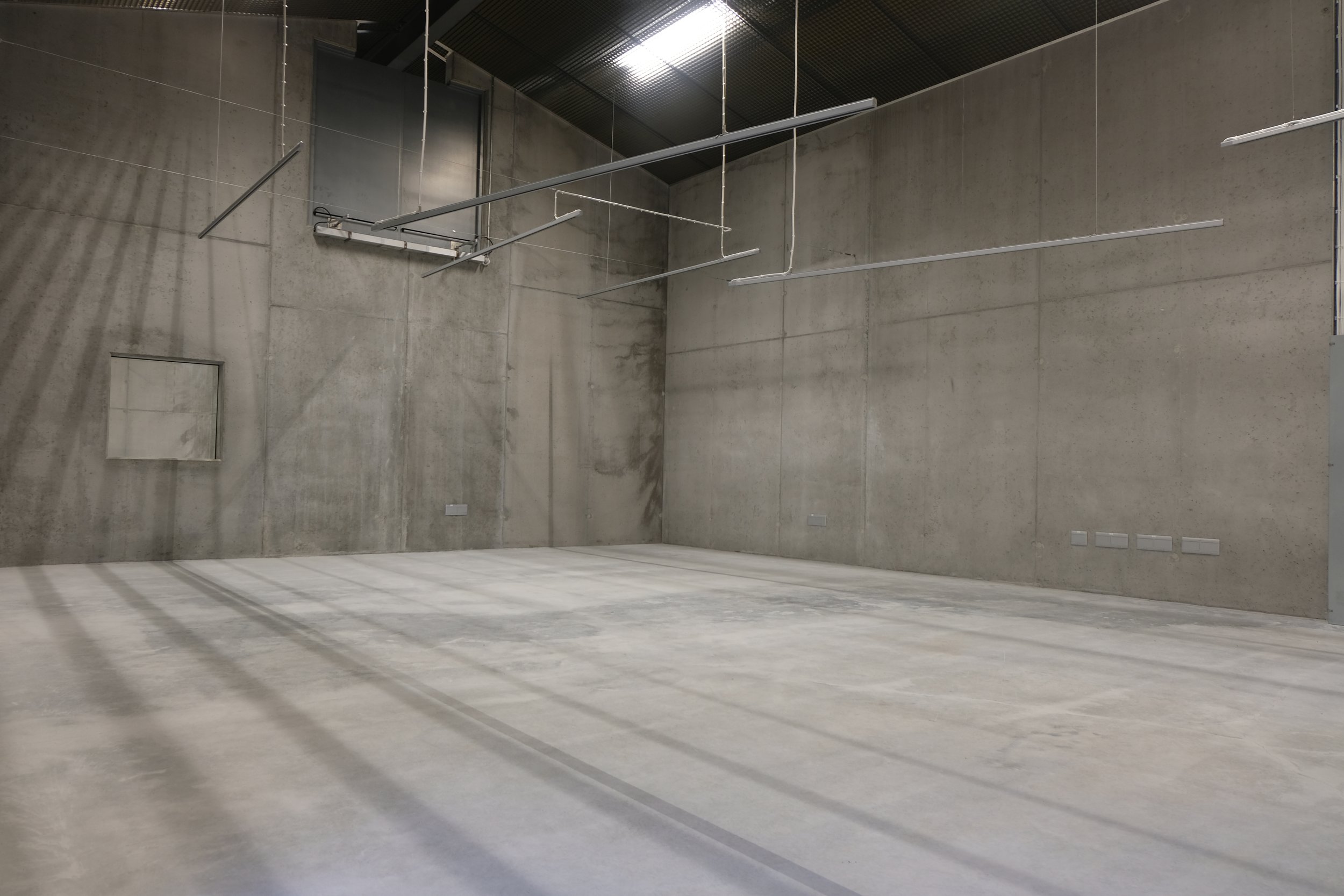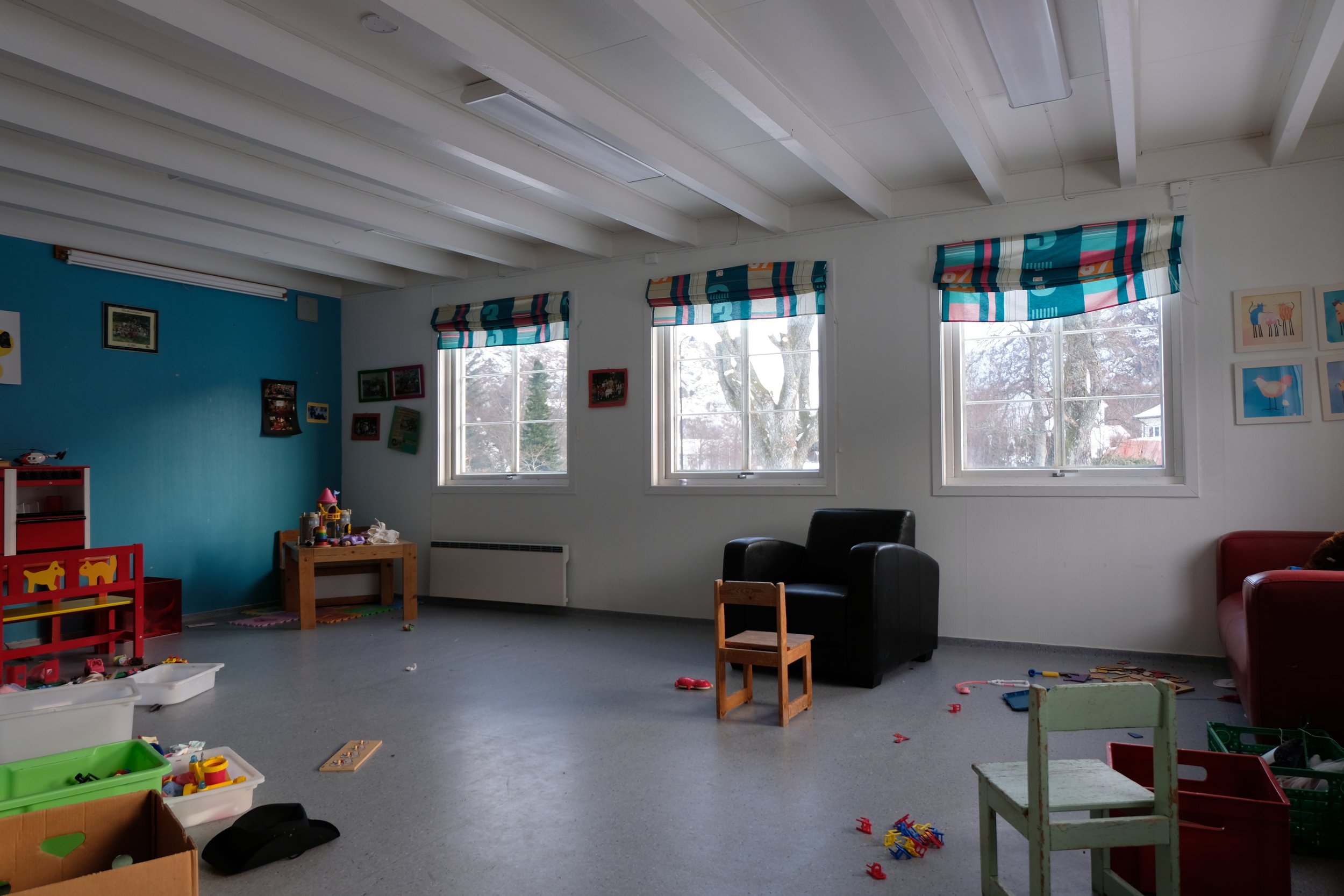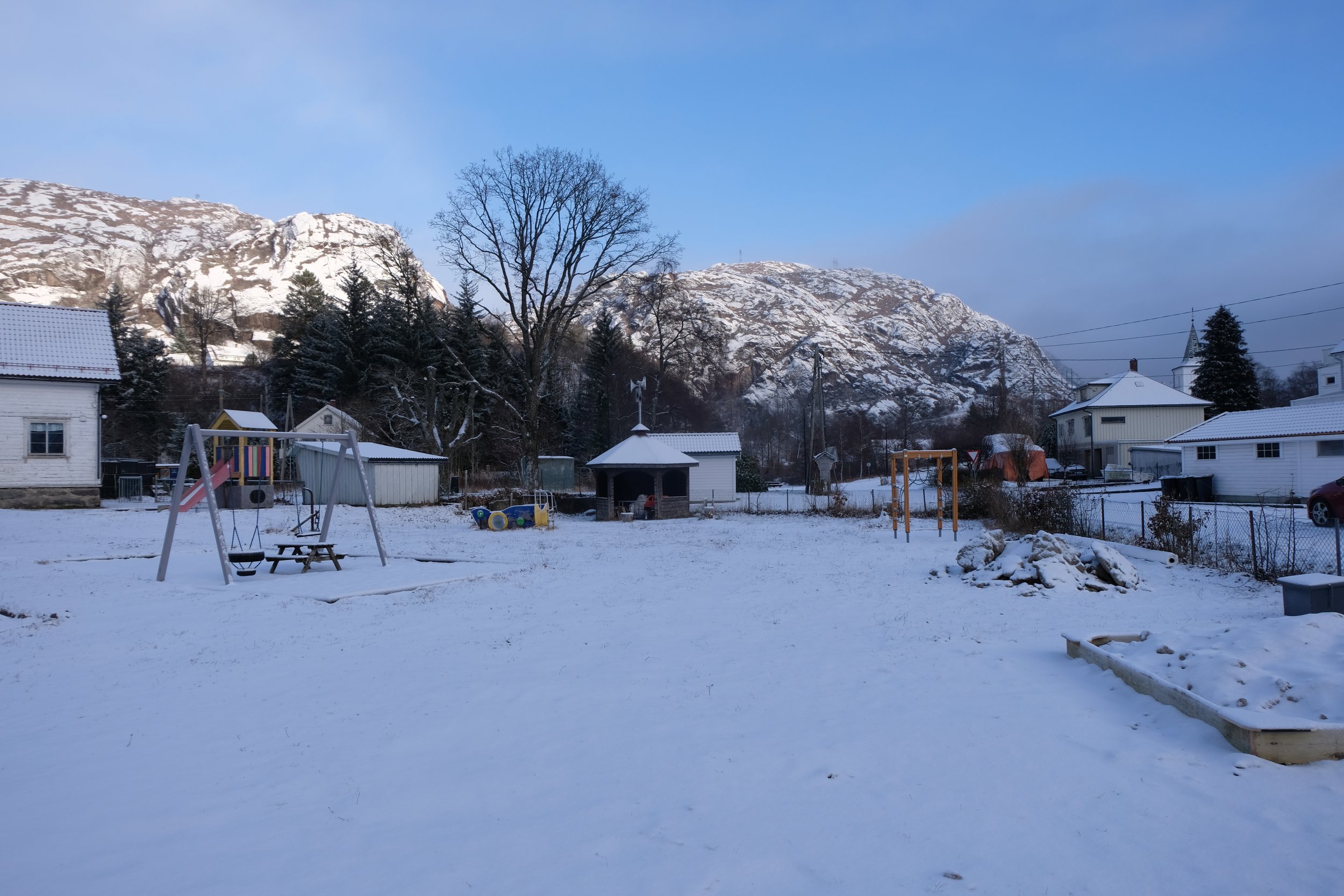Art Exhibition
Jøssingfjord Vitenmuseum
Jøssingfjord Vitenmuseum, to the left you have the old building, Kraftstasjonen.
Jøssingfjord Vitenmuseum
THE BIGGEST CULTURAL PROJECT IN DALANE EVER IS NOW REALIZED!
Jøssingfjord Vitenmuseum is an exciting and forward-looking venture of great national and international importance. The Science Museum will be the only one of its kind in Norway with a focus on the connection between geology and mining. The starting point is Dalane's unique geology and the region's many years of quarrying
Helleren with its iconic houses testifies that people have lived and utilized the resources in the fjord for several thousand years.
NARROW FJORD WITH WIDE SIGNIFICANCE
The valleys have a characteristic landscape. The narrow mountains between Egersund and Flekkefjord consist of a rare rock called anorthosite. The unique geology has aroused wonder and interest for several hundred years. The geology has controlled the settlement and provided the opportunity to economically exploit the minerals in the bedrock.
Jøssingfjord Vitenmuseum is being built in the middle of this exciting landscape, on the historic industrial area of the mining company Titania. This provides an important connection to modern mining operations. The Lower Helleren power station from 1908 becomes part of the science museum and it shows that industry was established early in the fjord.
Helleren with its iconic houses testifies that people have lived and utilized the resources in the fjord for several thousand years. The number of visitors to Helleren is over 30,000 in year, and forms an important basis for establishing the science museum in the fjord.
Jøssingfjord also has an exciting war history. In February 1940, the Germans broke Norwegian neutrality and Altmark was boarded by the British navy. This accelerated Hitler's plans to occupy Norway. Jøssingfjord Vitenmuseum will add to the Dalane region, including Flekkefjord, an important center of gravity for the dissemination of the region's cultural and natural history.
Jøssingfjord and the mining industry in Dalane provide an illustration of how Norwegian mining has always had an international dimension. Rogaland is the largest in Norway within the mining industry and it is important to take care of this history.
THE HISTORY OF JØSSINGFJORD
Prehistoric Traces from the Stone, Bronze and Iron Ages under Helleren.
1700 - 1840 The houses under Helleren.
1860 Ore and water rights for mining in Blåfjell and Jøssingfjord.
1898-1899 The Norwegian Chamotte factory is built.
1900 Li power station, the district's first, provides electricity to drying of kaolin.
1907-1908 Nedre Helleren power station is built.
1908 Norway's first electrically molten steel is produced.
1910 Carl W. Søderberg tests a new electrode.
1915 The zinc smelter.
1921 Road and tunnel are opened in Jøssingfjord.
1934-35 Industrial properties and power rights are taken over by Titania A /S.
1937 Cable car from Sandbekk mines to Jøssingfjord opens.
1940 299 British prisoners of war are freed from the German ship 'Altmark'. HMS 'Cossack' carries out a military action in neutral waters on direct orders from Winston Churchill.
1945 14.4 air attacks against German naval vessels at anchor in Jøssingfjord. Four allied pilots from New Zealand perish.
1954 The Tellenes deposit is discovered (today one of the worlds largest ilmenite deposits)
1987 Nature and Youth chain themselves in protest against sea landfill, BELLONA takes action.
2008 Power station no. 4 is completed.
2014 Trallebane and spelhus fully restored.
2016 Tunnel hut - accommodation/rest area.
2016 Road infrastructure fully restored.
2017 Nedre Helleren power station fully restored.
2022 Jøssingfjord Vitenmuseum opens.
Kafe
Kafe
MINING IN THE DALANE
340 BC Tagholt in Lund (Myrmalm)
1770-1790 Mining: Grødem, Koldal, Hegdal, Kydland in Eigersund (ilmenite)
1863-1875 Mining: Blåfjell, Sandbekk, Ålgård, Løtoft, Hauge, Vatland in Sokndal (ilmenite)
1863-1865 / 1871-1878 Mining: Koldal, Hegdal, Kydland, Svånes in Eigersund (ilmenite)
1890-1900 Dydland in Sokndal (kaolin)
1910 Trial operation: Laksedal mines in Sokndal (ilmenite)
1915-1919 Mining: Gursli in Lund, (molybdenum)
1904-1954 Mining: Ørsdalen in Bjerkreim, (molybdenum and tungsten)
1916-1965 Mining: Storgangen, Sandbekk in Sokndal (ilmenite)
1960-Mining: Open pit mining at Tellenes in Sokndal (ilmenite)
1960- Quarry, Hellvik in Eigersund (white anorthosite)
1963- Quarry, quarry, Rekefjord in Sokndal (anorthosite and norite)
2002- Quarry, Hellvik in Eigersund (anorthosite)
Kafe
IN 1910 SØDERBERG MADE HIS FIRST ATTEMPT WITH A " CONTINUOS ELECTRODE" IN JØSSINGFJORD, WHICH EVENTUALLY REVOLUTIONIZED THE MELTING INDUSTRY WORLDWIDE. THE SØDERBERG ELECTRODE IS STILL IN USE.
FUTURE WITH KNOWLEDGE AND WILL
Jøssingfjord Vitenmuseum will become a magnet in Dalane when it comes to experiences related to people, nature and technology.
The main message is:
• New knowledge about geology and mining
• New knowledge about Jøssingfjord and Dalane
• Making visible the connection: People - nature – technology
THE EXHIBITIONS - three main themes
• The people in the fjord - about resource use and technology development
• Nature - how geological processes have formed and shaped Dalane, and laid the foundations for settlement and quarries in the region
• Technology - with a focus on quarries and process industry
PARTICIPATION AND ENGAGEMENT
The Science Museum offers experiences to the public of all ages, where children and young people are a particularly important target group. The Science Museum will be an interactive learning arena, which:
• Facilitates play and creative expression
• Creates good aha experiences
• Invites wonder and curiosity
EXHIBITION HALL - LIBRARY - BIBLOTEK
Biblotek
Biblotek
Biblotek
EXHIBITION HALL - TEMPORARY - SKIFTENE UTSTILLING
Skiftene Utstilling
Skiftene Utstilling
EXHIBITION HALL - STEDET
EXHIBITION HALL - MENNESKENE
EXHIBITION HALL - GEOLOGI
EXHIBITION HALL - AKTIVITETSROM
Rampe mot personheis
EXHIBITION HALL - BERGVERK
BERGVERK - KINO
AUDITORIUM
Auditorium
Audirorium
Auditorium
KRAFTSTASJONEN
OUTDOOR SPACE
ART IN THE NATURE SOGNDALSTRAND
ART IN THE NATURE JØSSINGFJORD
ART IN THE NATURE ÅNA-SIRA
FUTURE ART RESIDENCE KINDERGARDEN ÅNA-SIRA
1st floor Kitchen, future bathroom, 2 big room
2nd floor 3 room, wc
Beach distance 150 m





























































































































































